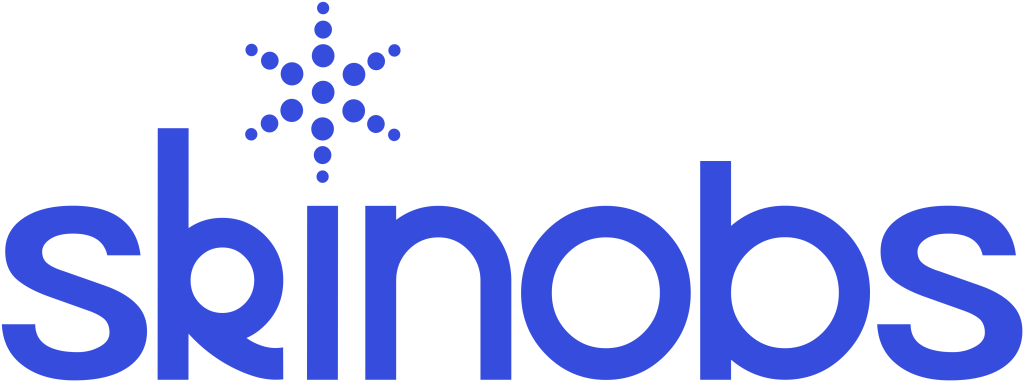Ex-vivo Human Skin Model to Investigate the Modulation of Reactive Oxygen Species [ROS] Induced by Blue light Radiation, by Cutech
20 April 2021
Cutech, now part of the Symrise Group, is an Italian biotech company that offers screening services based on unique pre-clinical models for skin and related annexes (hair, sebaceous glands).
Cutech focus on ex-vivo human skin models based on a distinctive tissue culture, image analysis and bioinformation know-how developed during almost 20 years. Cutech’s ex-vivo testing systems provide a high predictive value to the in-vivo situation. Their models and tests allow to gain in-depth information concerning the efficacy as well as mechanism of action of cosmetic ingredients and finished formulations.
In line with the market needs, they steadily develop new innovative test models and also provide tailor-made services.
The Cutech screening services allow a faster approach to clinical trials, thus increasing the speed-to-market.
Cutech offers a comprehensive technology platform based on the following core assets:
- proprietary and validated ex-vivo human skin models
- reconstructed skin models
- in-vitro primary skin and hair follicle cell cultures
- constantly updated list of cellular and molecular read-out parameters
- proprietary image analysis and bioinformatic technologies
- in-depth know-how of skin, hair and sebaceous gland biology
Their best-in-line screening platform and extensive know-how on evaluating potential actives allow them to rapidly and cost-effectively screen the potential of active ingredients and finished formulations.
Depending on the customer needs, they can also propose customized experimental designs.
Since its foundation in 2002, Cutech have been focusing on ex-vivo culture technology as it consider it the most effective alternative to in-vivo testing. Following this belief, it have been developing and perfecting protocols for culturing ex-vivo skin, hair follicles, sebaceous glands and subcutis.
EX-VIVO HUMAN SKIN MODEL TO INVESTIGATE THE MODULATION OF REACTIVE OXYGEN SPECIES (ROS) INDUCED BY BLUE LIGHT RADIATION
Nowadays skin is constantly exposed to blue light, both outside and inside while using any digital device (from the phones to laptops and TV). As reported in literature, blue light contributes to skin aging through the generation of oxidative stress (Nakashima et al, Free Radical Biology Medicine, 2017).
Based on Cutech extensive know how in ex-vivo organ culture of human skin and UV/solar irradiation, they have been able to develop a methodology to evaluate the potential of active ingredients and finished formulations in modulating blue light induced Reactive Oxygen Species (ROS) on their ex-vivo human skin model.
Methodology
Following a pre-treatment with the substance and the benchmarks to be studied, the skin samples are incubated with a solution containing Dichloro-dihydro-fluorescein diacetate (DCFH-DA) that reacts with ROS becoming fluorescent (Marionnet et al, Plos One, 9 2014). At the end of the irradiation period, the skin samples are frozen, fixed and cut with a cryo-microtome. The sections are then evaluated, pictures taken and the fluorescence within the dermis quantified with a proprietary image analysis procedure. For each test substance, 6 skin biopsies are cultured and 2 skin sections/samples are generated (i.e. 12 sampling points = 12 data). With this methodology, the customer will obtain both a consistent set of data in order to perform a robust statistical analysis to draw reliable and strong conclusions and 12 pictures for each test condition that can be used for marketing purposes.
Results
The graphic illustrates the results obtained from a representative experiment. From the image, it can be observed that blue light has dose dependently and significantly induced ROS on ex-vivo skin and the selected benchmark (i.e. alpha-tocopherol), as well as the test compound (i.e. Carnosine), have significantly counteracted this activity as expected. Under the graph are shown 3 representative pictures of skin cross-sections irradiated with Blue Light (120J/cm2).
Their ex vivo test has shown to be reliable and effective in assessing the modulation of Blue Light induced Reactive Oxygen Species (ROS).
Cited literature:
Yuya Nakashima, Shigeo Ohta, Alexander M. Wolf (2017). Blue light-induced oxidative stress in live skin. Free Radical Biology and Medicine, Volume 108, 2017.
Marionnet C, Pierrard C, Golebiewski C, Bernerd F (2014). Diversity of Biological Effects Induced by Longwave UVA Rays (UVA1) in Reconstructed Skin. PLOS ONE 9, 2014.
Contact
Marco Massironi – Director of Screening Services & Operations
E-mail: marco.massironi@cutech.it
Cutech – Symrise srl
Operative site:
Via San Marco 9M
35129 Padova, Italy
Tel: +39 049 762 8532
www.cutech.it
www.symselect.com/cutech











 Follow us on Linkedin!
Follow us on Linkedin!
You must be logged in to post a comment.